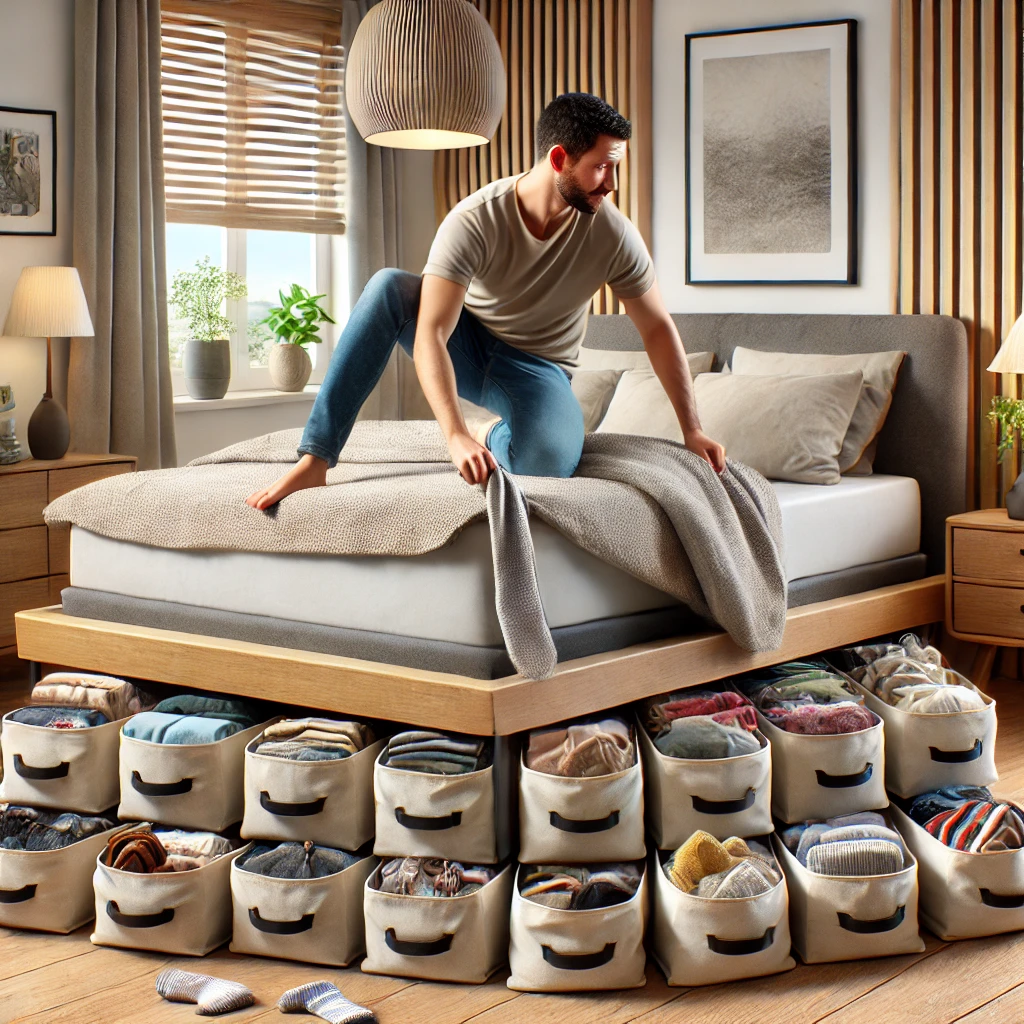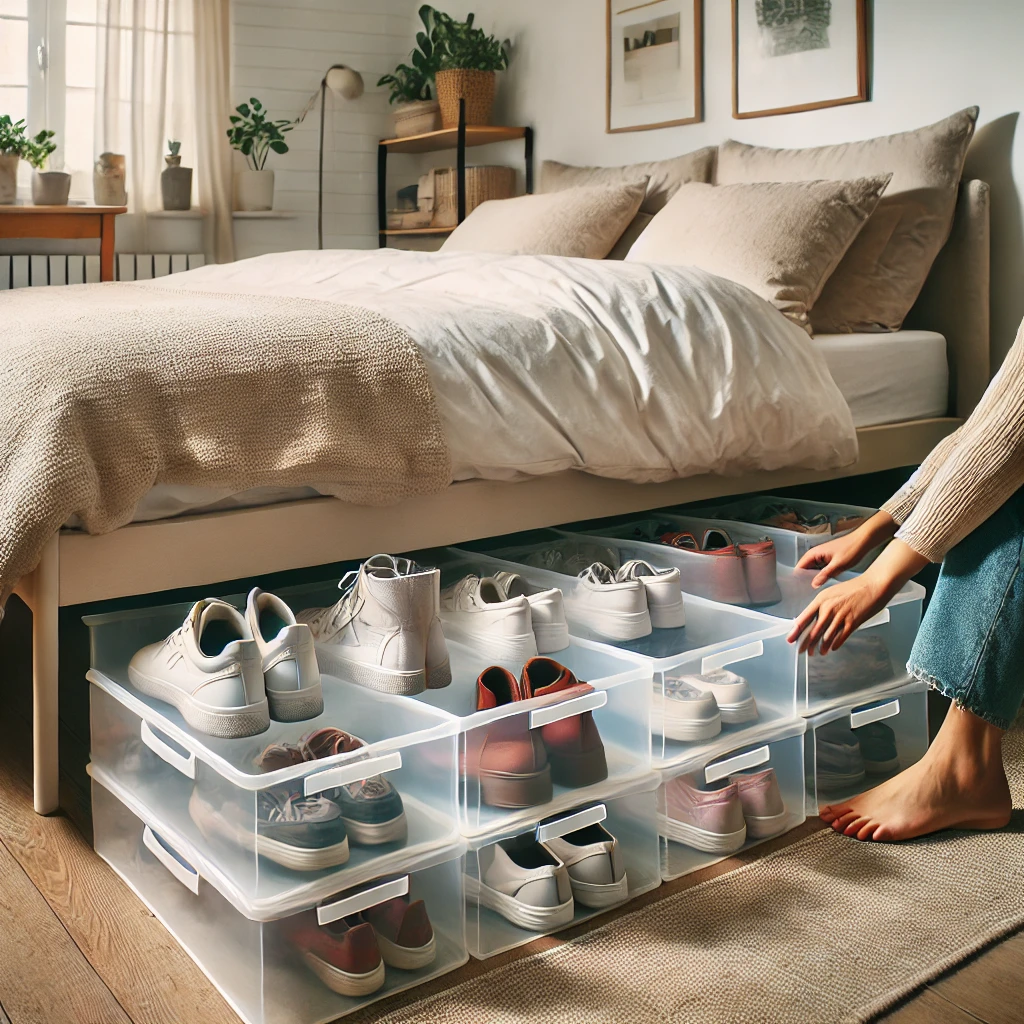Choosing between a duvet or comforter can be a tough decision, especially with so many options available. Both are designed to keep you warm and cozy during the night, but they differ in style, functionality, and maintenance. Understanding these differences will help you choose the best option for your needs and preferences. Let’s dive into the seven key differences to consider when deciding between a duvet or comforter.
What is a Duvet?
A duvet is a soft, flat bag filled with materials like down, feathers, or synthetic fibers. What sets a duvet apart is its removable cover, much like a pillowcase. The duvet insert itself is often plain, while the cover allows for endless design options in various colors, patterns, and textures. This versatility makes duvets a popular choice for those who enjoy switching up their bedroom decor.
One of the standout features of a duvet is how easy it is to customize. For instance, you can use a breathable, lightweight cover during summer and swap it out for a cozy, flannel cover in winter. This adaptability ensures your bedding aligns with your aesthetic and seasonal needs.
What is a Comforter?
A comforter is a single, quilted blanket filled with down or synthetic materials. Unlike a duvet, a comforter does not require a separate cover and often comes in various colors and patterns. This makes comforters a convenient, all-in-one bedding option that is ready to use straight out of the package.
However, the lack of a removable cover means comforters can be more challenging to clean. When the entire comforter needs washing, it can be bulky and cumbersome, requiring special care or professional cleaning depending on the material.
1. Ease of Cleaning
When it comes to cleaning, a duvet typically comes out on top. The removable duvet cover is usually machine washable, making maintenance straightforward and convenient. The duvet insert itself only requires occasional cleaning, often through airing out or dry-cleaning.
In contrast, comforters require cleaning as a whole. Depending on the fabric and fill material, some comforters may need professional care, which can be more time-consuming and costly. Always check the care label to avoid damaging your comforter.
2. Warmth and Insulation
Both duvets and comforters are designed to keep you warm, but duvets generally offer better insulation. This is due to their higher fill power and the added heat retention provided by the duvet cover. Duvets are ideal for colder climates or individuals who tend to feel cold at night.
On the other hand, comforters have a fixed level of warmth, as they lack the layering system of a duvet and cover. While they’re effective in maintaining consistent warmth, they don’t offer the same adaptability as duvets.
3. Style and Aesthetics
If you enjoy changing up your bedroom style frequently, a duvet is the more flexible option. Simply swap out the duvet cover to achieve a fresh look without needing to replace the entire bedding set. Duvets are also great for creating a layered, European-inspired aesthetic.
Comforters, while less versatile, come in an array of designs that are often decorative enough to serve as a standalone piece. This makes them a practical choice for those who prefer simplicity and convenience in their bedding.
4. Fill Types and Comfort
The type of fill used in a duvet or comforter significantly impacts its comfort, warmth, and cost. Duvets are often filled with premium materials like down or feathers, providing superior softness and insulation. Synthetic fill options are also available for those with allergies or budget constraints.
Comforters typically feature synthetic fills such as polyester, which are hypoallergenic and more affordable. While they are practical and easy to maintain, they may not provide the same plush comfort as a high-quality down-filled duvet.
5. Durability and Longevity
Duvets tend to have a longer lifespan due to their design. The removable cover protects the insert from wear and tear, allowing you to replace the cover as needed. This makes duvets a cost-effective option in the long run.
Comforters, being a single unit, are more prone to wear over time. Frequent washing can reduce their lifespan, especially if the material isn’t designed for heavy use.
6. Seasonal Versatility
Duvets offer unmatched seasonal versatility. By switching covers, you can adjust the weight and warmth to suit the time of year. A lightweight cover is perfect for summer, while a thicker, insulated one is ideal for winter months.
Comforters, however, are less adaptable. Their warmth level is fixed, so you may need to purchase different comforters for different seasons, which can be less practical and more expensive.
7. Personal Preference and Lifestyle
Ultimately, your choice between a duvet or comforter will depend on your lifestyle and personal preferences. If you value flexibility, customization, and ease of cleaning, a duvet is likely the better choice. If you prioritize convenience and prefer an all-in-one solution, a comforter might be the way to go.
Final Thoughts
Deciding between a duvet or comforter doesn’t have to be daunting. By considering factors like ease of cleaning, warmth, style, and versatility, you can choose the option that best fits your needs. Both duvets and comforters are excellent bedding choices, each offering unique advantages.
Whether you opt for the adaptability of a duvet or the simplicity of a comforter, your ultimate goal should be to create a cozy and inviting sleep environment. With the right choice, you can enjoy restful nights and wake up refreshed, ready to take on the day









